RAAC and ruin
Reinforced Autoclaved Aerated Concrete (RAAC) has become a growing concern in the UK, affecting hundreds of buildings and putting the safety of occupants at risk. The government's latest figures reveal a staggering 231 schools and colleges grappling with crumbling RAAC, a situation that demands immediate attention and robust solutions.
The crisis has forced schools to evacuate children, with many facing the prospect of spending years in temporary classrooms. Despite the government's acknowledgment of the severity of the issue, the response has been slow, leaving schools in limbo without clear plans for rebuilding. This lack of decisive action raises questions about the historical use of RAAC, how we arrived at this crisis, and who bears responsibility.
RAAC, a lightweight and weaker form of concrete, was extensively used in the construction industry from the 1950s to the mid-1990s. The Standing Committee on Structural Safety (SCOSS) highlights that RAAC is structurally different from traditional concrete and tends to deteriorate after 30 years. The consequences of this degradation are now evident in various structures, including schools, civic centers, and even historic film studios.
The scale of the crisis is alarming, with more than 230 schools affected, and the number is likely to rise as surveys continue. The government's commitment to funding RAAC removal is crucial, but the lack of clarity on when the assessments will conclude and when rebuilding will commence is causing anxiety among affected institutions.
One headteacher, whose school has confirmed RAAC in its roof, expressed frustration at the uncertainty, stating, "I can't get any information. There is no indication of when they will decide, never mind a decision." This sentiment is echoed across affected schools, where essential repairs are being put on hold, and the reputation of schools is at stake.
Experts warn that the government's response is inadequate, describing it as a "shambles." There are concerns that the government's flagship 10-year school rebuilding program, with currently 100 unallocated places, may not be sufficient to address the growing number of RAAC-affected schools. The looming possibility of other school building projects being affected raises questions about the government's ability to fulfill its commitments.
The urgency of the RAAC crisis requires immediate and comprehensive action. Schools need clear timelines for rebuilding, and the government must expedite the assessment process to provide much-needed certainty. The allocation of additional resources to address the crisis is essential, ensuring that affected schools can continue providing a safe and conducive environment for learning.
The government's commitment to spending whatever it takes to keep children safe is commendable, but actions must align with these promises. The establishment of a dedicated task force to oversee the resolution of the RAAC crisis, involving experts in construction and structural safety, is imperative. Only through a coordinated and swift response can we safeguard the well-being of students, restore the reputation of affected institutions, and prevent further deterioration of the built environment in the UK.
Comments
Comments
Many thanks for your comment and thanks for pointing out that the original picture used in the article was incorrect. This has now been changed.
I used the NBS (National Building Specification) website to check whether RAAC blocks were/are available and found three manufacturers in the UK: https://source.thenbs.com/category/walls-and-barriers/walls/masonry-walling-units/autoclaved-aerated-concrete-aac-blocks/m7bbXwtrTEDbDya6Na9AzJ/manufacturers
Is this not correct?
The EAACA statement you supplied refers to "block floors". Could you explain what you mean by "block" in this sense?
Many thanks.
The RAAC issue relates to the use of panels, but this is of secondary importance here. Basically, the term block is used for masonry elements which are not reinforced.
In principle, any building material can be used, executed or dimensioned incorrectly and thus lead to damage. To pillory the building material AAC (RAAC) is neither sensible nor justified. There are numerous examples of how RAAC works wonderfully and has a very long service life.
The original article you're complaining about doesn't denigrate RAAC.
If you think it does, please point out where.
It's having a go at the useless Tory Government for their lack of action.
I can't find anything wrong or misleading (except for the original picture, which was changed (schoolboy error/should do better!).
However, your statement, from the EAACA!!!!!!!, is confusing, referring as it does to "block floors and walls which contain AAC (aircrete) blocks"
What does "which contain AAC (aircrete) blocks" mean?

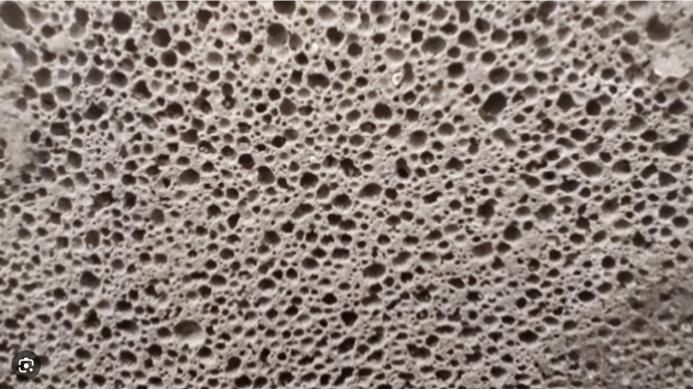




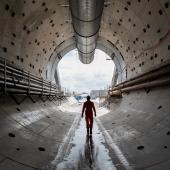
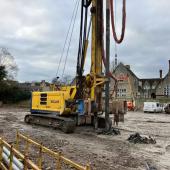
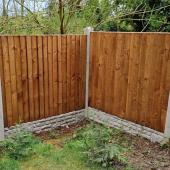
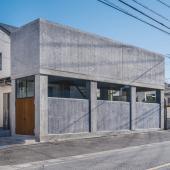
This article on the subject of RAAC is not only poorly researched, incorrect or incomplete in terms of content, it also shows a picture with the incorrect reference to "RAAC blocks".
Firstly, reinforced blocks are/were never produced, only panels.
Secondly, the blocks in the picture are the "Stehlen" in Berlin, Germany, which are a world-famous Holocaust memorial! And they are made of high-performance concrete, not AAC nor RAAC!
If you already have no idea about the subject, then please don't choose a completely wrong picture as a reference.
That's just embarrassing!!!
You can find a substantively correct statement on the subject of RAAC at: https://eaaca.org/2023/09/20/eaaca-statement-on-the-current-raac-topic-in-the-uk/
Such contributions lead to misinformation and rumours that damage the entire construction industry!
- Reply
Permalink